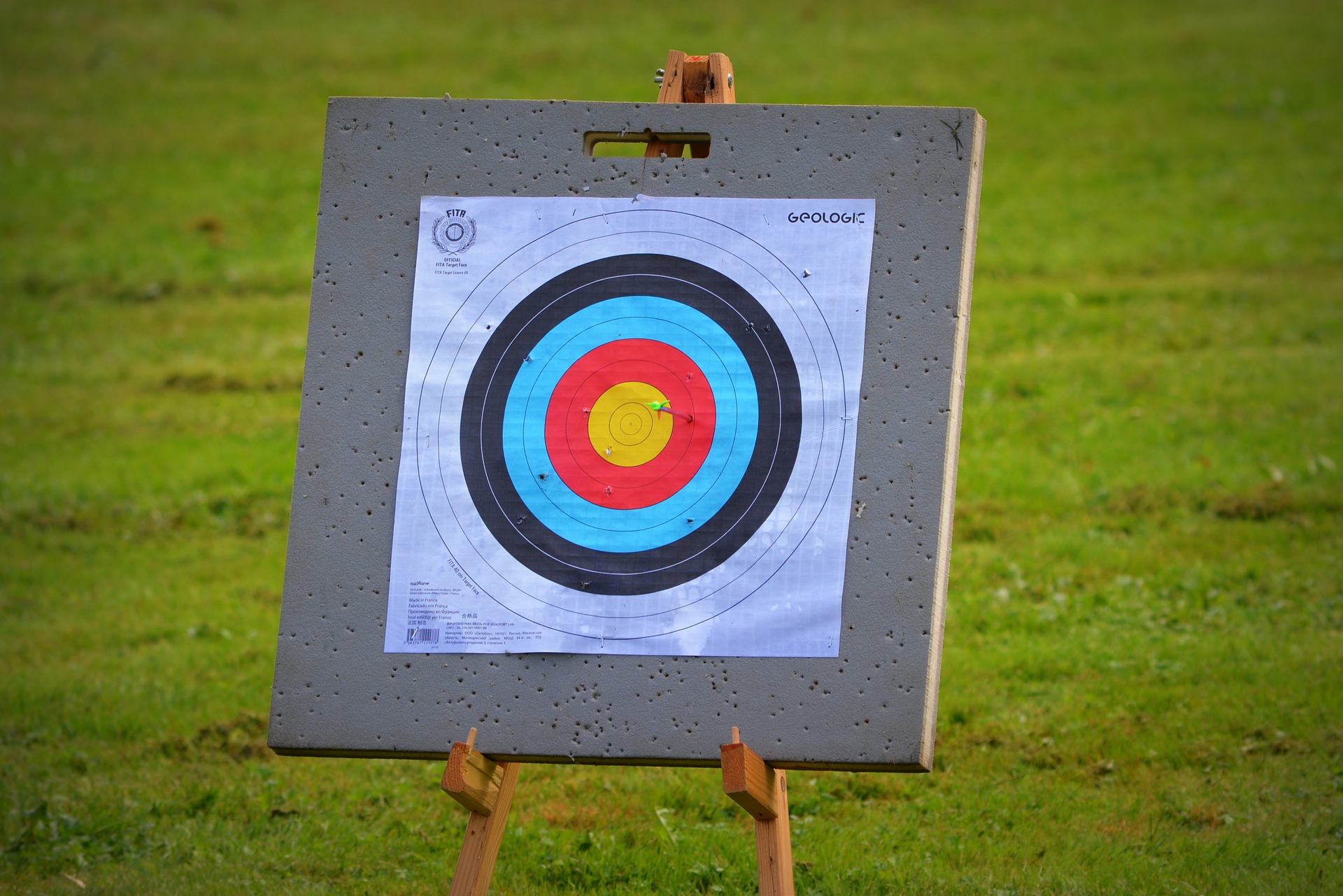- Home
- Design your Business
Design your Lifestyle Business
Here's how to design your lifestyle business, so you can use your passions and expertise to be your own boss.
You may have read the articles about lifestyle business that show a glamorous life of travel and laptops on the beach. Believe me, that's not the reality for most solopreneurs! Being a solo business owner or solopreneur is not easy, it's often lonely, and there's no one else to make the hard decisions, hold accountable for mistakes, celebrate wins, or commiserate with about losses.
Despite the challenges, solopreneurship can be very satisfying (I should know - I've been a fulltime solopreneur for the past seven years).
Follow the seven steps below to plan and design your lifestyle business as a solopreneur. (Note: I often refer to "solo business" or "solopreneur" even though many lifestyle businesses do have part-time employees or outsource help. In my mind, those still count as solo businesses, since there's really only one person - you - who is responsible for all your business deliverables).

Seven Steps to Design Your Lifestyle Business

A lifestyle business is a small (often solo) business with a goal to support your lifestyle, rather than to grow as large as possible. Given that, it's important to give some thought to what your lifestyle needs are, as well as your personal interests. You don't want to get locked into a business that isn't what you want to spend your days doing.
The seven steps below will help you design your lifestyle business that supports your goals and passions.
Steps to Building a Lifestyle Business
- Understand your Passions & Needs
- Segment your Niche
- Understand your Buyers
- Define your Ideal Customer
- Understand their Challenges & Needs
- Describe your Product / Service
- Engage your Target Audience
There may be just seven steps to follow to design your lifestyle business, but each step will take you some time to complete properly. Don't try to shortcut these steps. You don't want to spend time building a business only to find that you hate doing the day-to-day tasks, or that your target customers don't need what you're offering or can't spend what you'd like.
So please take your time.
I will be adding detailed articles and worksheets for each step in the process that you'll be able to follow as you design your lifestyle business. If you'd like my help in the meantime, or have a question, please feel free to reach out to me here. Or I do provide coaching services also, on my JoLeesSolutions website here.
1. Understand your Passions & Needs

The first step to planning how to design your lifestyle business is to understand your own interests, strengths and goals. This will help you target your ideal niche.
What do you want to get out of this business?
What types of things do you love to do (your interests or passions)?
What do friends, colleagues or family ask your help or opinions on (your expertise)?
Think about what your ideal "day in the life" of your business looks like in 3 to 5 years time. How will you be spending your time? What will you be selling or doing? How will you measure the "success" of your business?
Hopefully this will help you identify the specific niche you want to focus in (who are your customers?) and how you plan to monetize your business (for example, selling a product, selling a service, or via ads from blogging, affiliate marketing, etc).
To get some ideas, you can take a look over my list of lifestyle businesses here. This is really just some examples, but it does give you an idea of the possible categories of business you might want to start.
Finally, you don't have to limit yourself to just selling one item or having a single means of monetization. But you should be able to describe your business in a single sentence (everything should "make sense" together), and have a single type of buyer in mind. After all, you're only one person, so don't try to spread yourself too thin!
2. Segment your Niche

Now that you have decided on a niche for your business, and have some idea of the types of things you might sell (or other ways to monetize) and who you are selling to, it's time to really get a complete understanding of your market: what are the various slices of the pie in your niche?
Make a list of all the players in your space. Who sells into this niche? What are the relevant industry trends? Are there other stakeholders involved (stakeholders are other people or other companies who may impact your buyer's decision)? Who are the influencers or thought leaders in this space?
Segmentation is just a way of creating some categories of people or companies that make up your niche. For example, you might have segments called "competitors", "potential partners", "influencers", as well as various types of buyers. List them all out... you'll narrow down your audience in the next steps.
3. Understand your Buyers
To successfully design your lifestyle business, you have to start by really understanding your prospective buyers. Good small businesses are customer-centric, not product-centric. That means you understand who your customer is, and your focus is on serving them and delivering what they want, not on trying to convince them to buy your product (at least, not as a first step).
As a solo business without big financial backing, you don't have the resources to blitz the market with a big advertising campaign about your product, or cold call hundreds of prospects a day.
Smart solo marketing involves getting inside the heads of your potential buyers, knowing what they're looking for online, and giving that to them on your website, social media, etc. When you do it right, your customers come to you via the search engines, social media groups, or other channels.
4. Define your Ideal Customer
Once you've mapped out who are potential buyers in the previous step, you might find there are a few different groups of prospective customers that you could sell to. For example, if your business is financial planning for women, you could sell services to female new college graduates who are just starting their careers, or you might sell to recent divorcees, or you could target elderly widows. Each of those target segments will have different types of products and different needs and concerns. Your job here is to target on ONE ideal customer persona.
Why can't you sell to all of them?
As a solo business, your biggest challenge is going to be your time and your focus. The main mistake that I see people make (and I've made it myself!) is to try to spread themselves too thin, create a product or service that can be used by a wide potential market, and it ends up fitting the exact needs of no one. So as you design your lifestyle business, make sure to really know your target customer, who they are, and what they need.
5. Understand Challenges & Needs
Now that you know who your ideal customer is, you need to get inside their head and understand their challenges and needs:
- what keeps them awake at night?
- what are they searching for online?
- how do they describe what they need or the problem they have? Be aware of the words and phrases that they use. You will want to use these same phrases and words in your solution.
See which of these needs align with your offering. And if you can provide free information or help in addition, that's a great way to pull your target audience to your website or social media. Is there a free download (a short e-guide PDF, for example) that will help them, in return for signing up for your email list, for example.
6. Describe your Product / Service
Use your ideal customer's challenges and needs, as well as the language they use to describe them, to create compelling messaging for your offering, whether that's a product, service, or free information that you plan to monetize (eg, a blog or Youtube channel).
Write an "elevator pitch": if you were stuck on an elevator with your ideal customer, how would you describe your business in less than 30 seconds?
As you write your description, make sure you're writing from the customer's point of view, rather than just describing a list of product features or service offerings. How do you solve their problem? What are the benefits to them? How does it make their life better?
Your "elevator pitch" and other messaging must reflect your brand and positioning. Read this article for more help on branding for solopreneurs.
7. Engage your Target Audience
The final step as you design your lifestyle business is to figure out the best way to communicate your key product messages to your ideal customer.
There's no point in writing LinkedIn posts if all your target customers are on Facebook or Instagram. Or creating TikTok videos if your prospective buyers are grandmas, most of whom are not on TikTok.
So first you have to figure out the channels that your ideal customers use to find solutions to their problem. Are they searching on Google? Are they discussing in a Facebook group? Do they post comments on YouTube videos?
Wherever your target customers are, that's where you need to be with your product messaging, not in "sales mode" but as a helpful piece of information. Ideally, you will be part of that community, providing useful advice as the audience needs it. Respond to questions, offer helpful input, even if it doesn't directly lead to a sale. Your goal is to become a trusted advisor, and a member of the community.
You want to establish two-way engagement with your target audience, which ultimately leads not only to more sales, but also to a better understanding of your customers which in turn lets you meet their needs even better with other products or services.
In summary, follow these steps to not only design your lifestyle business, but also engage in an ongoing relationship with your target audience. The more you can understand your customers and their needs, and service them, the more successful your business will become.
- Home
- Design your Business